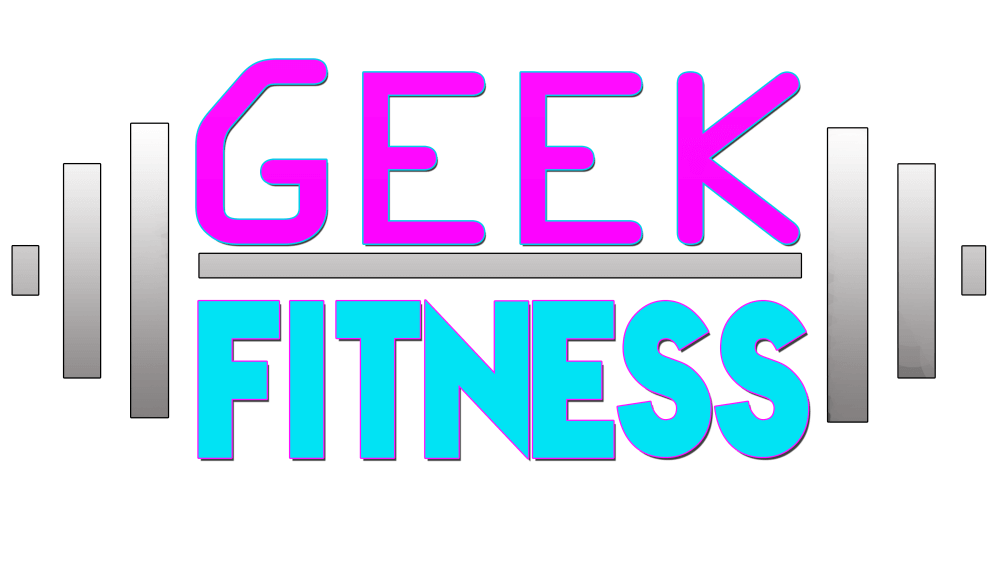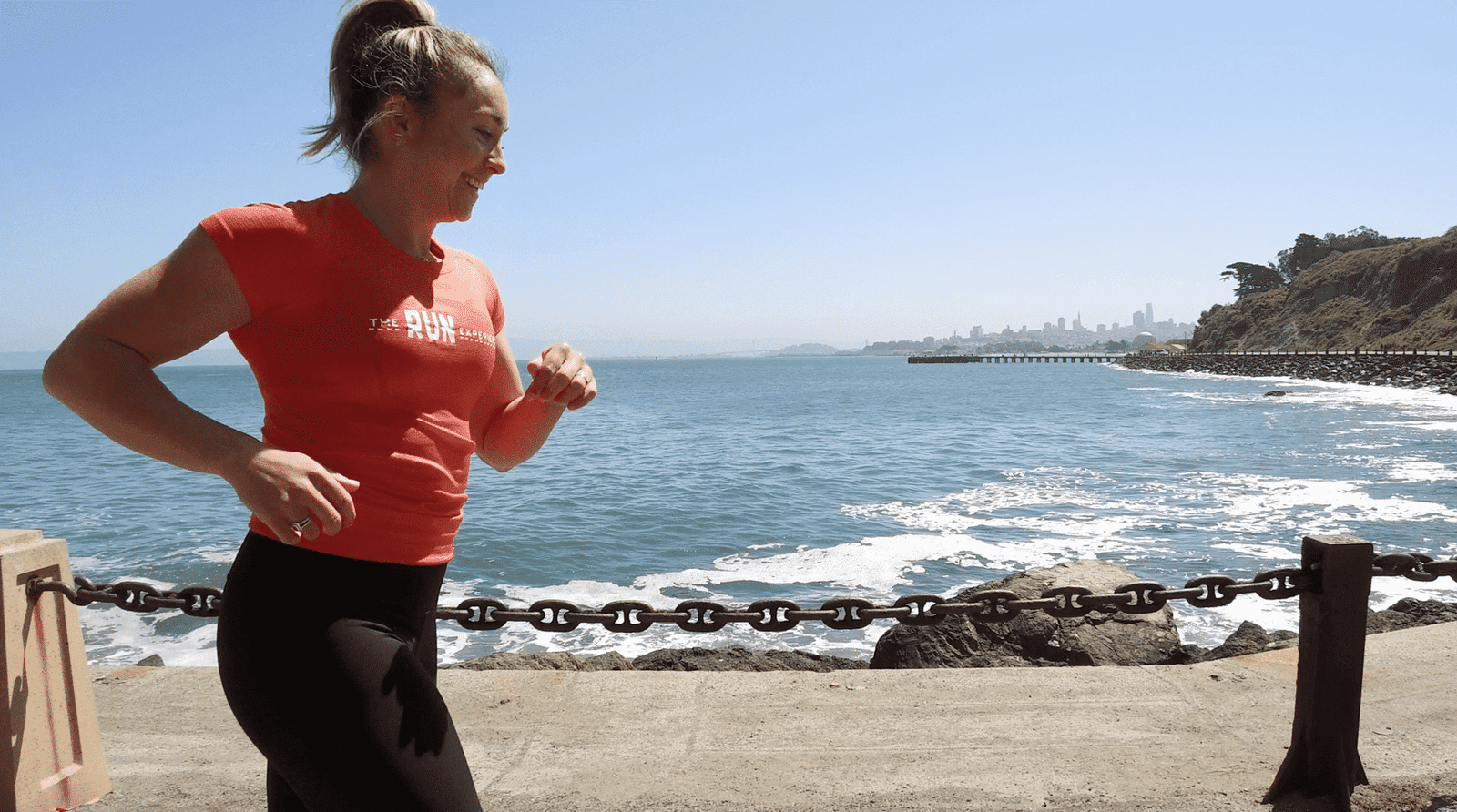Today we have a guest post by Holly from The Run Experience, and I am stoked to host her. I’ve been a fan of TRE for a long time, having spent many hours watching their YouTube channel. Anyway, you’re not here for me. Here’s Holly!
Figuring out how to train for a 5k is tough. You’re not training for a marathon, but you’re certainly not running sprints either.
In this article, we’ve got three running tips for 5k races, guaranteed to help runners of all levels have a great race day.
Whether you’re seeking a 5k training plan for beginners, or you’ve got a couple of races under your belt, work these tips into your 5k training plan to optimize race day results. In this article, we’re looking at layered workouts, power development, and some race-specific workouts. Let’s dive in.
Layered Workouts
A 5k run requires a lot of different skills. It’s short enough that you need speed, long enough that you need stamina, and tough enough that you need strength.
A layered workout is a workout that trains each one of those skills in a single training session. Combining these ideas within one workout will help get you used to combining them in the way you will need to one race day, and it is also an efficient way to train.
You don’t need to do separate workouts to focus on these skill-sets, and you likely shouldn’t for a 5k because you’ll need them all at the same time come race day.
Two Examples of Layered Workouts
For a good example of a layered workout, imagine your training plan one day involved an “easy” run, meaning 20-45 minutes of light, aerobic running. Aerobic running is running where you could hold a conversation while running if you needed to; your breathing is steady and sustainable.
Instead of spending the full training session on that easy run, start by working a little on speed with some striders. Striders are small spurts of around 100 yards where you are increasing your speed with every stride, finishing at almost a sprint.
Then, do your 20-30 minutes of easy, aerobic running. Lastly, finish with some hill blasts, maybe six 30-second spurts of effort up a hill of your choice.
With this workout, you’re not giving too much volume to any one training idea, and you’re staying sharp and ready in all areas.
Another example would take place on a day when your training plan involved a hard run, maybe 10-15 rounds of longer, fast efforts of maybe 400m or so. Once you are finished with that hard effort, add in 15-20 minutes of light, aerobic running.
The idea here is that every time you focus on only one skill, you are slightly eroding other skills. To be as ready as you can be for your 5k race, try to incorporate all of the necessary 5k skills into each workout.
Power Development
To become a powerful runner, start by solidifying your strength basics in the gym. If you are regularly doing the cross training exercises for runners, you’re likely to be familiar with those strength basics.
If not, try to spend a bit of time every week in the gym, developing your muscles outside of running. This is going to supplement your running training in a productive way.
Now, as you move closer to your 5K race, use that strength to develop your power in a way that also builds coordination.
When running a 5K, you want to be comfortable going fast and moving your feet quickly. This requires power from the body that you will have developed through your strength training and coordinated, power movements.
Mentally, you can approach these workouts the same as you were approaching your strength workouts in the gym. But think of this as taking the weights away and bringing that power to more coordinated, complex movements that facilitate your running.
Some examples of these movements are box jumps, broad jumps, and skipping in place. Broad jumps are jumps that move straight forward, starting from two feet and landing on two feet.
A box jump is a jump up onto a platform of some kind, again starting and landing on two feet.
When skipping in place, try starting from a lunge position, and then bringing that back leg up in front of you for a hop or a skip, and returning it to your lunge.
These are all movements that require your nerves and muscles to connect to fire quickly and with a ton of power.
When building these workouts, aim for many sets of not too many repetitions per set. 5 sets of 5 reps is a great place to start because it allows you to maintain the quality of the movement without beating your legs up too much.
And as you get better at these movements, try them on one leg to increase the difficulty.
Race-Specific Workouts
Go into these workouts like you would go into a race: fresh. And these are not made to be done all the time, use these “tester sessions” sparingly, about 2-4 weeks before the race.
5k Workout 1: 3 x 1-Mile
3-4 weeks out from the race, break your 5k distance into three, 1-mile repetitions, resting 2-3 minutes in between.
Do with these three 1-mile repetitions what you are trying to do on race day. What this means is if you’re someone who likes to start fast and then try to hold on to that speed, do that with your mile times. Run the first one hard, and make yourself run the second and third-mile repetitions just as hard.
If you like to pace yourself and then work up to a quick finish, run each mile repetition faster than the previous one. This is also known as “negative splitting.”
Design these repetitions strategically given your 5K goals and your running style.
5k Workout: 5 x 1k
About two weeks before race day, go out and do five rounds of a 1k run, resting about 90-120 seconds in between.
These repetitions are going to be faster than your 1-mile repetitions were. A 1k run does not require as much strength as a mile repetition, so these allow you to really perfect your speed and quick foot turnover.
About the Author:
Holly Martin is a San Francisco-based running coach and personal trainer. With a 20+ year background in dance, Holly brings a strong focus on technique and mobility to all of her coachings. Currently, she coaches online with The Run Experience, an online training community that specializes in providing marathon training, half marathon training plans, running workout plans and more. She trains clients at Midline Training and Nfinite Strength. Get in touch with her to get some of the best tips on running.



0 Comments